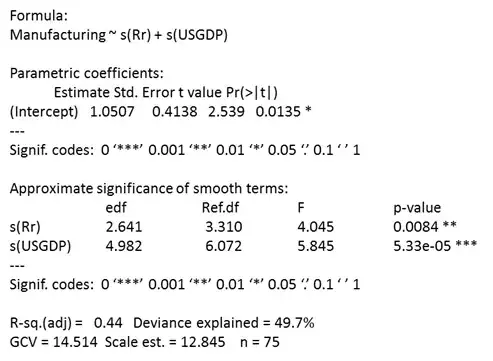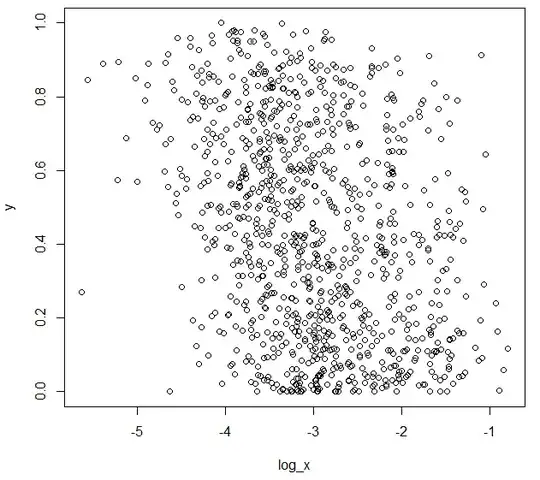I'm trying to visualize the Mahalanobis distance $x^{t} \cdot Σ^{-1} \cdot x$ to get a better intuition. to do so, I assumed some data points from $N(0,1)$ and tried to plot $Σ^{-1} \cdot x$ to understand what I'm projecting $x^{t}$ onto. This is the data points
and this is the points resulted from $Σ^{-1} \cdot x$
now, my intuition was multiplying by $Σ^{-1}$ should remove the correlation between the data so i was expecting to get a circular shape from the second plot. Obviously, I'm Wrong, can someone explain intuitevly what does it mean to multiply $Σ^{-1}$ by an arbitrary point $x$ ?

